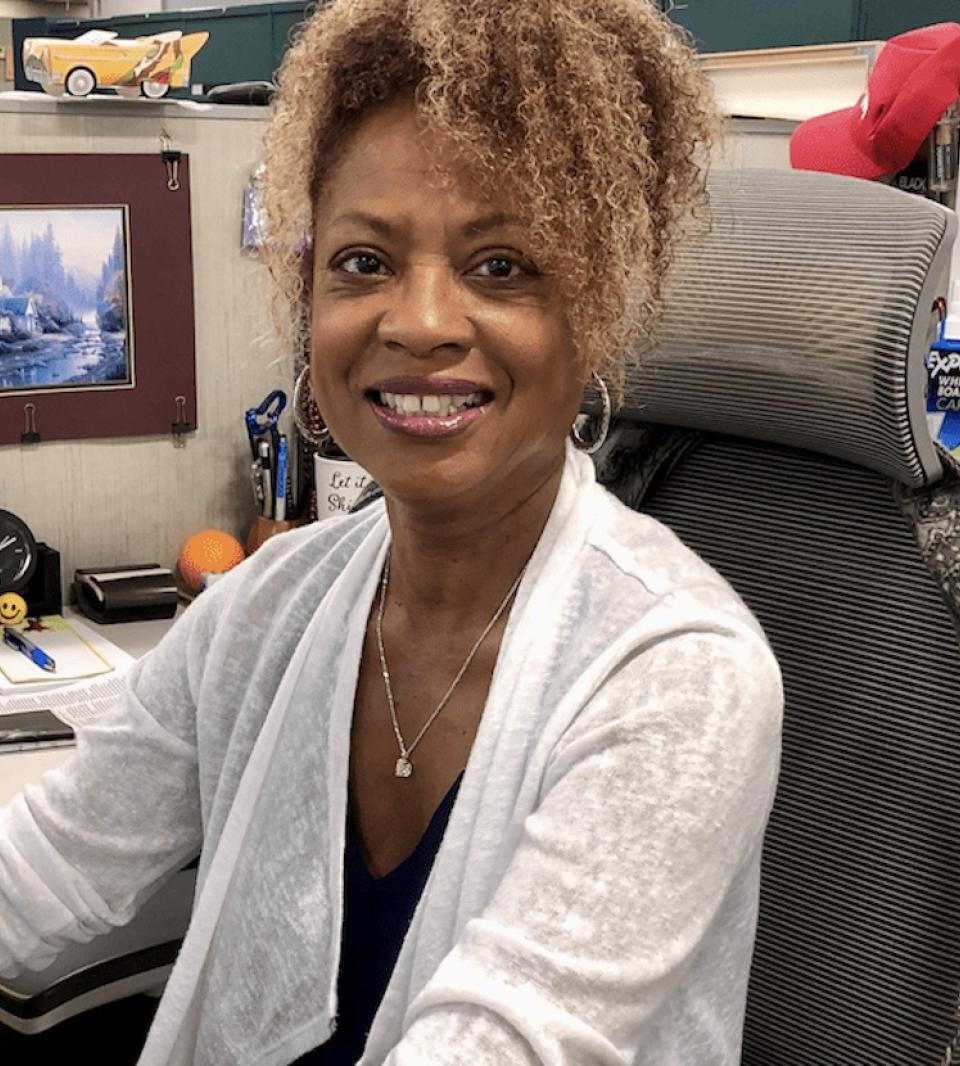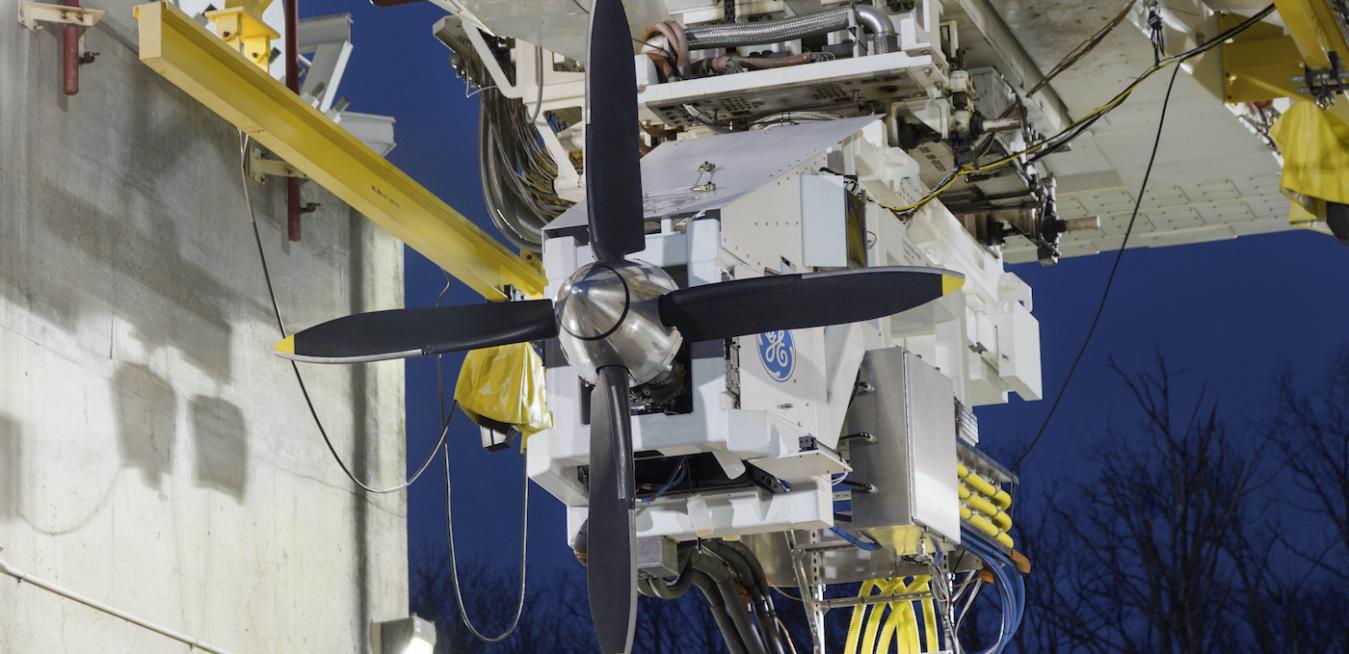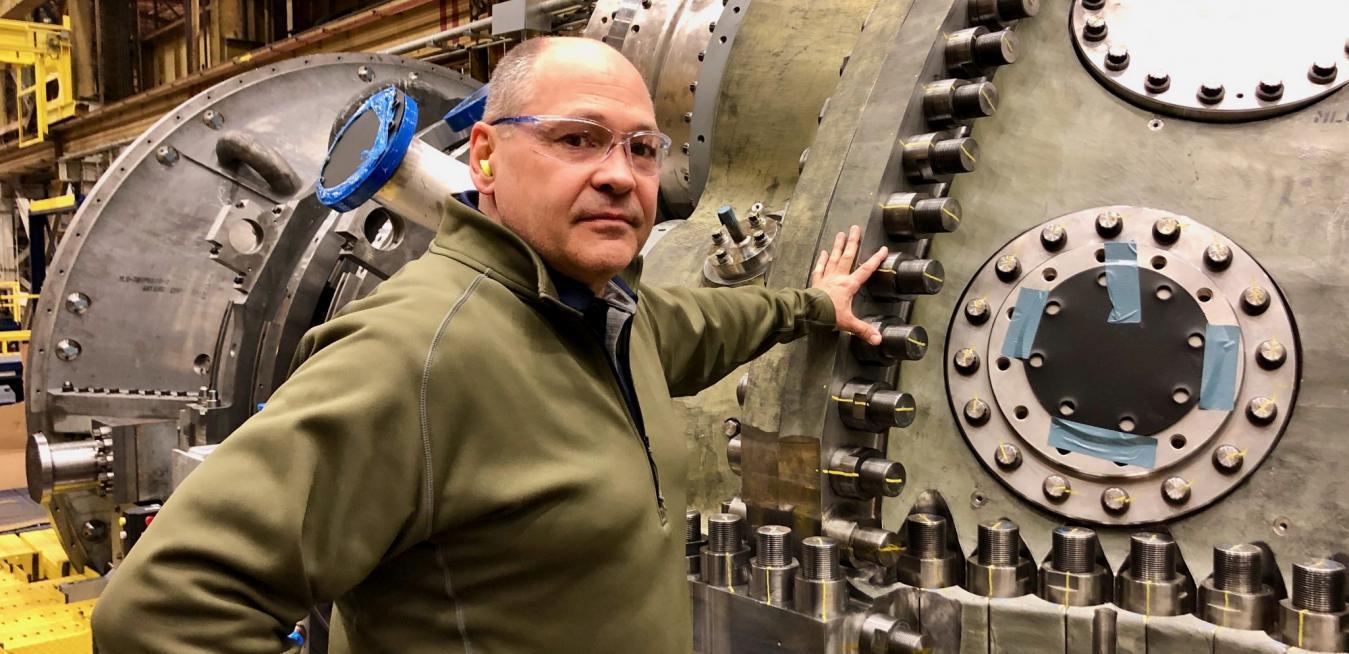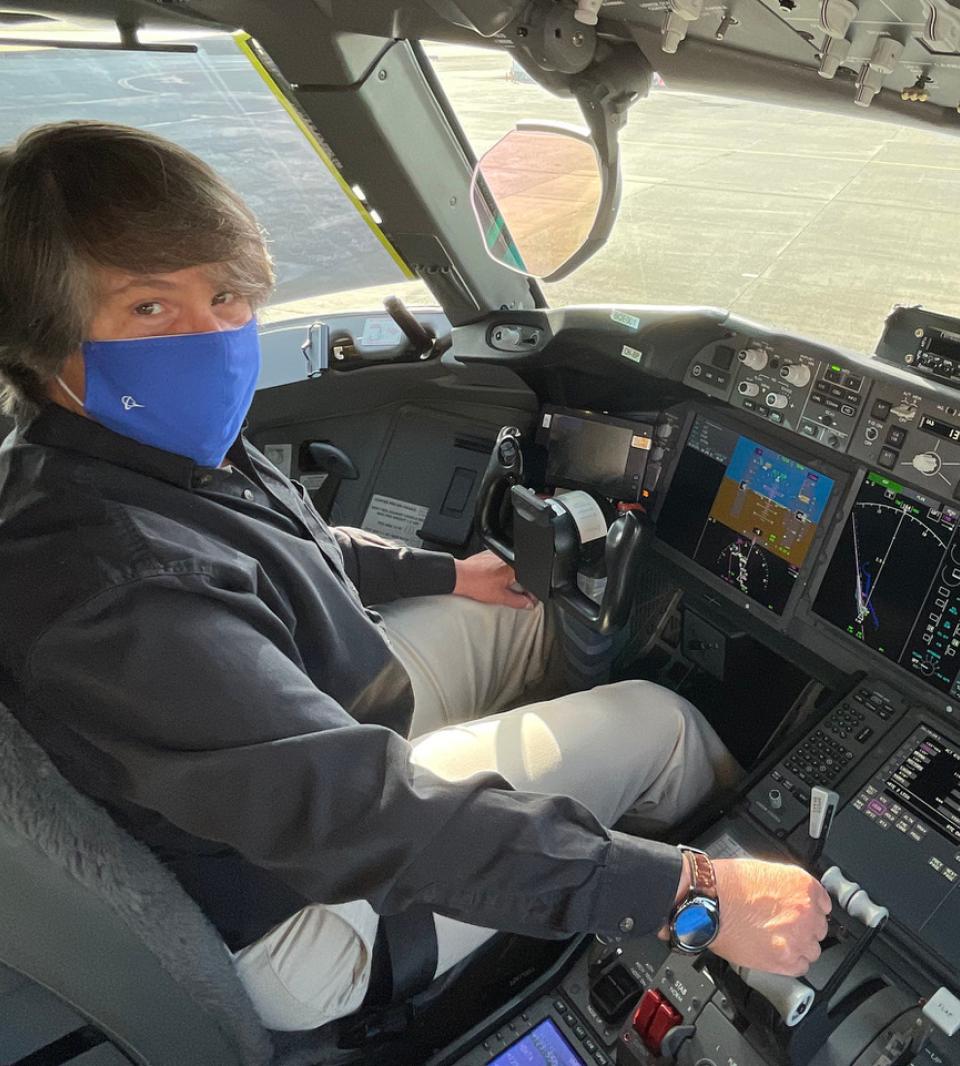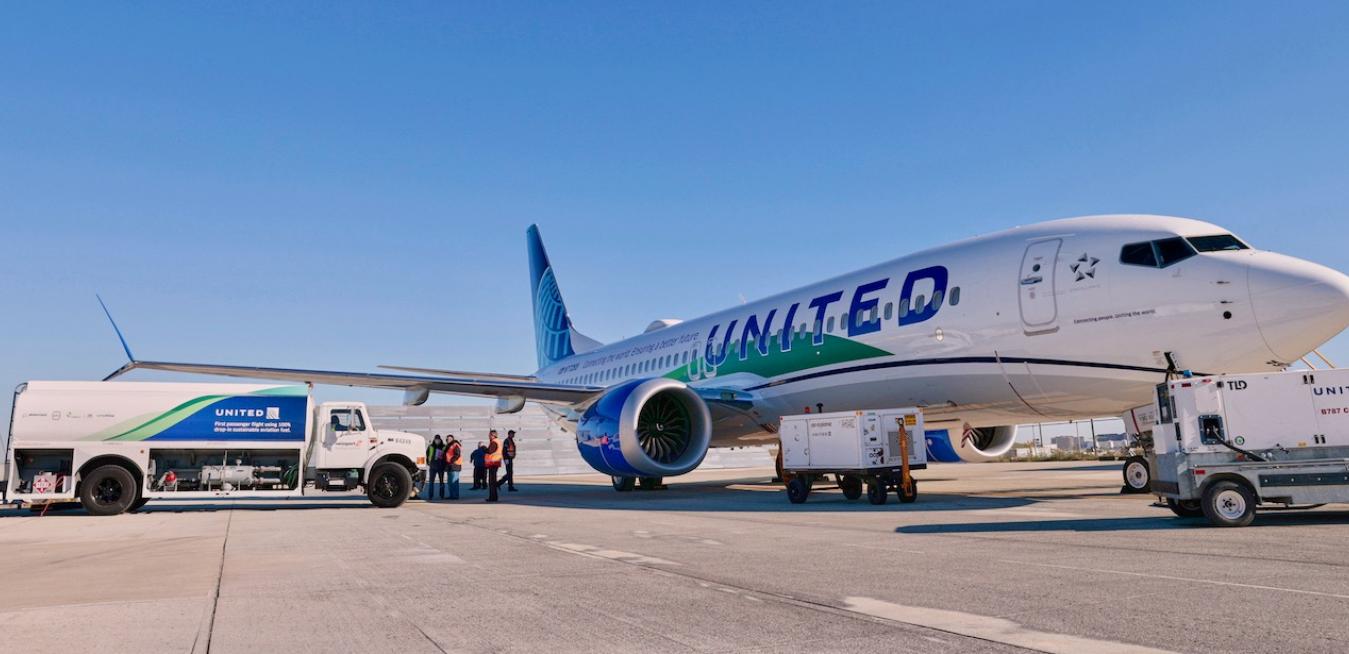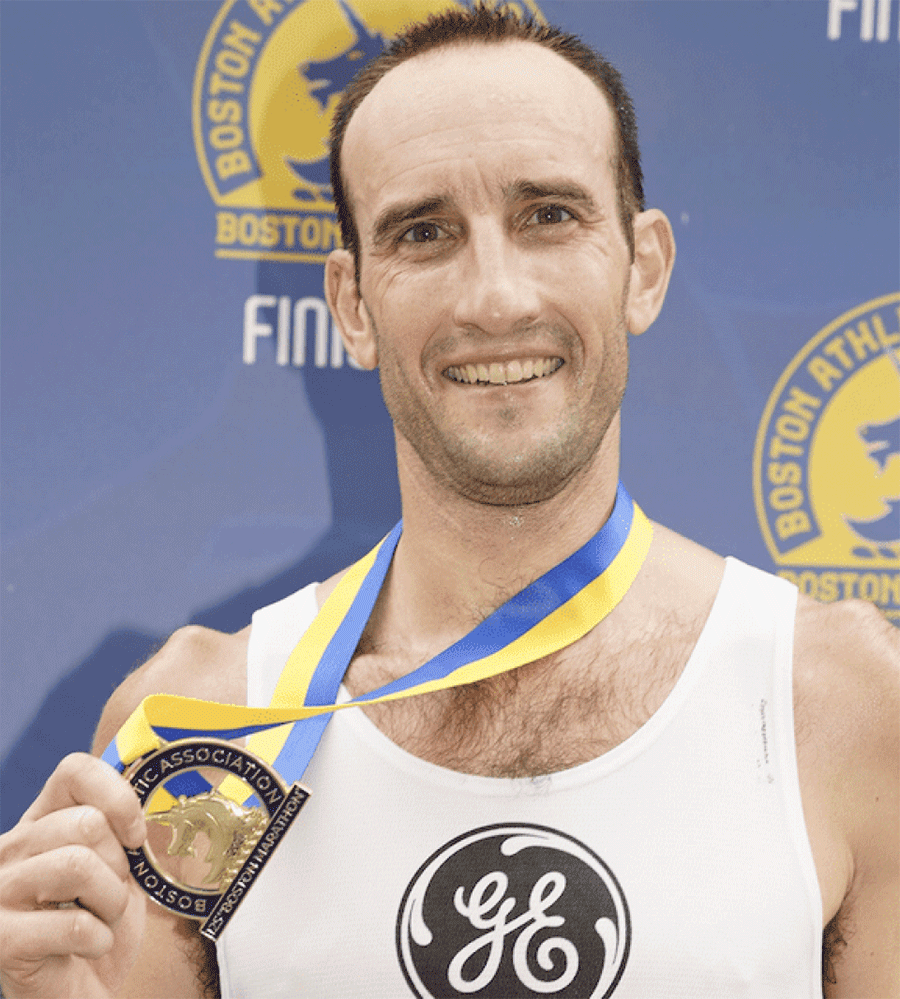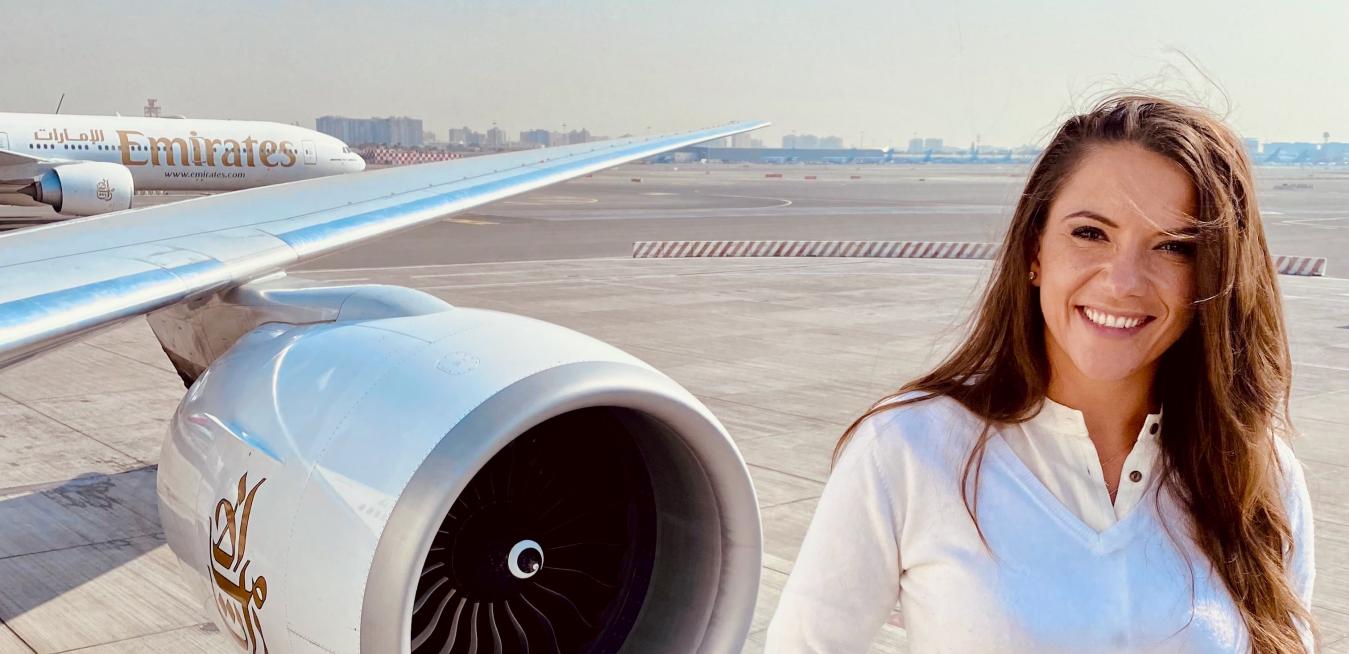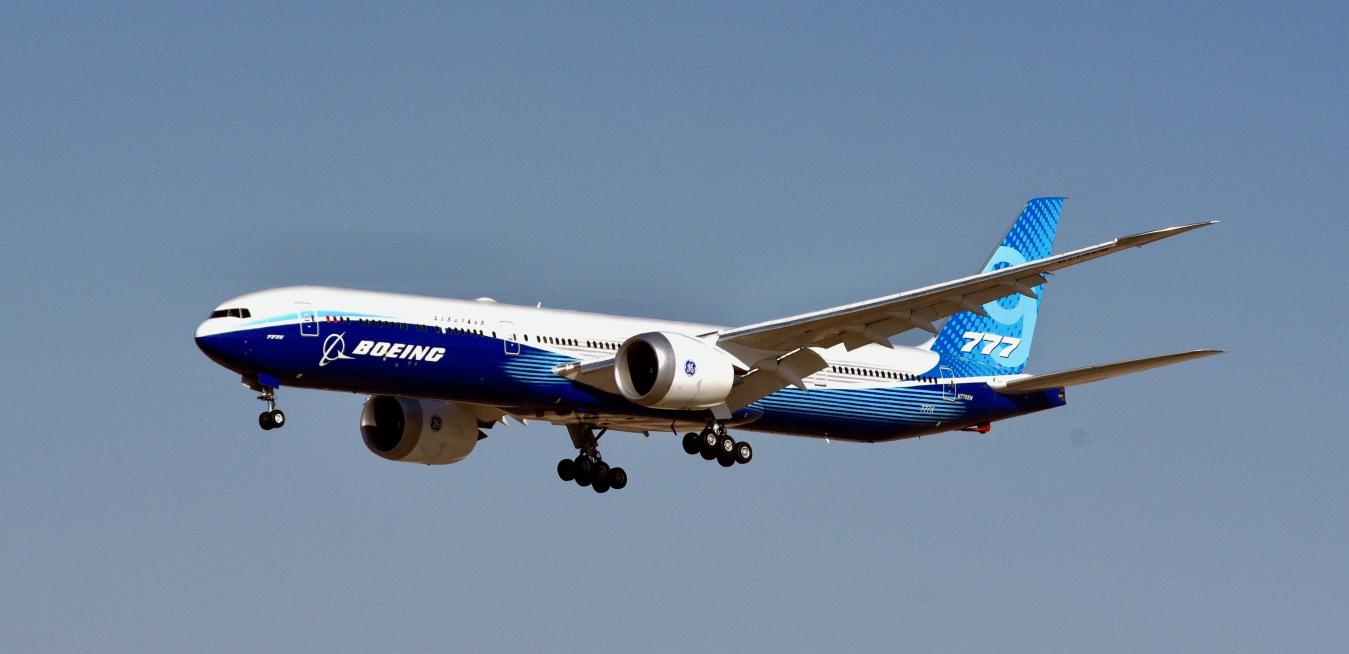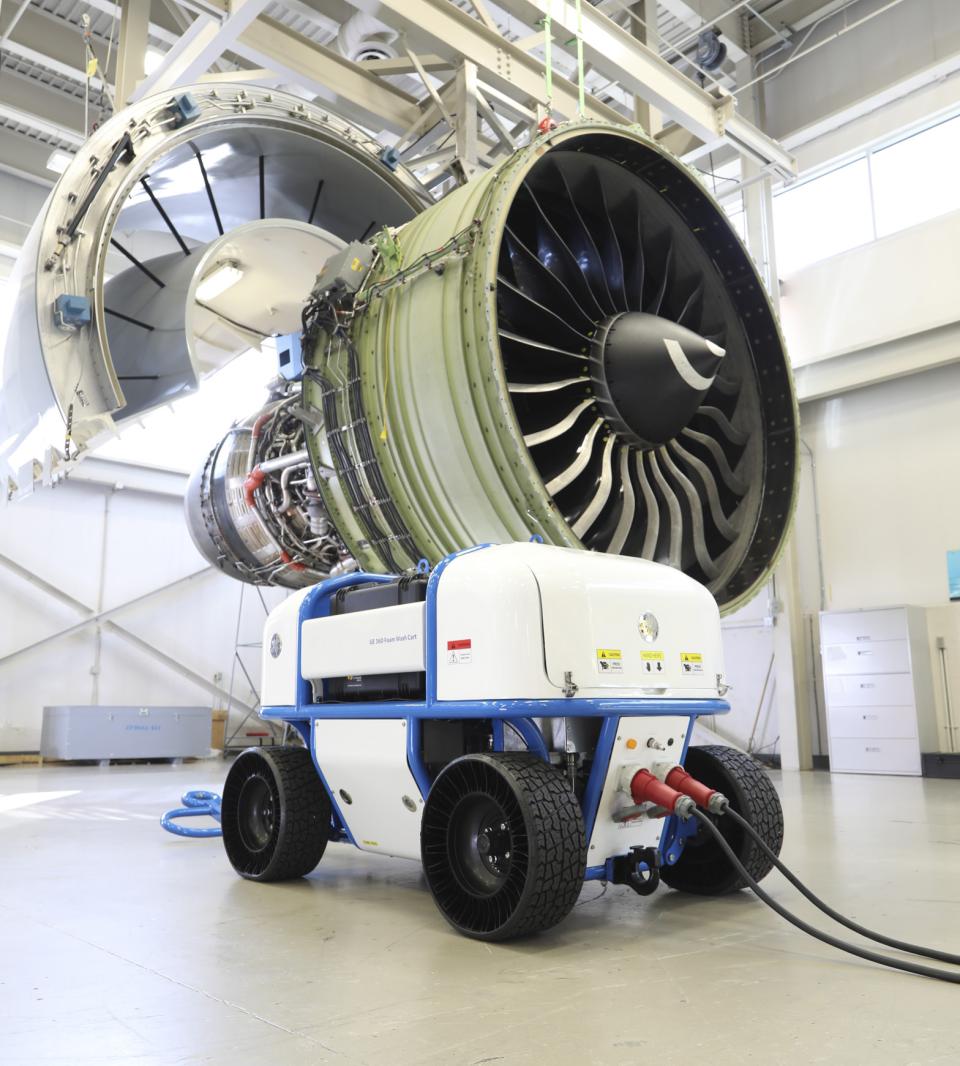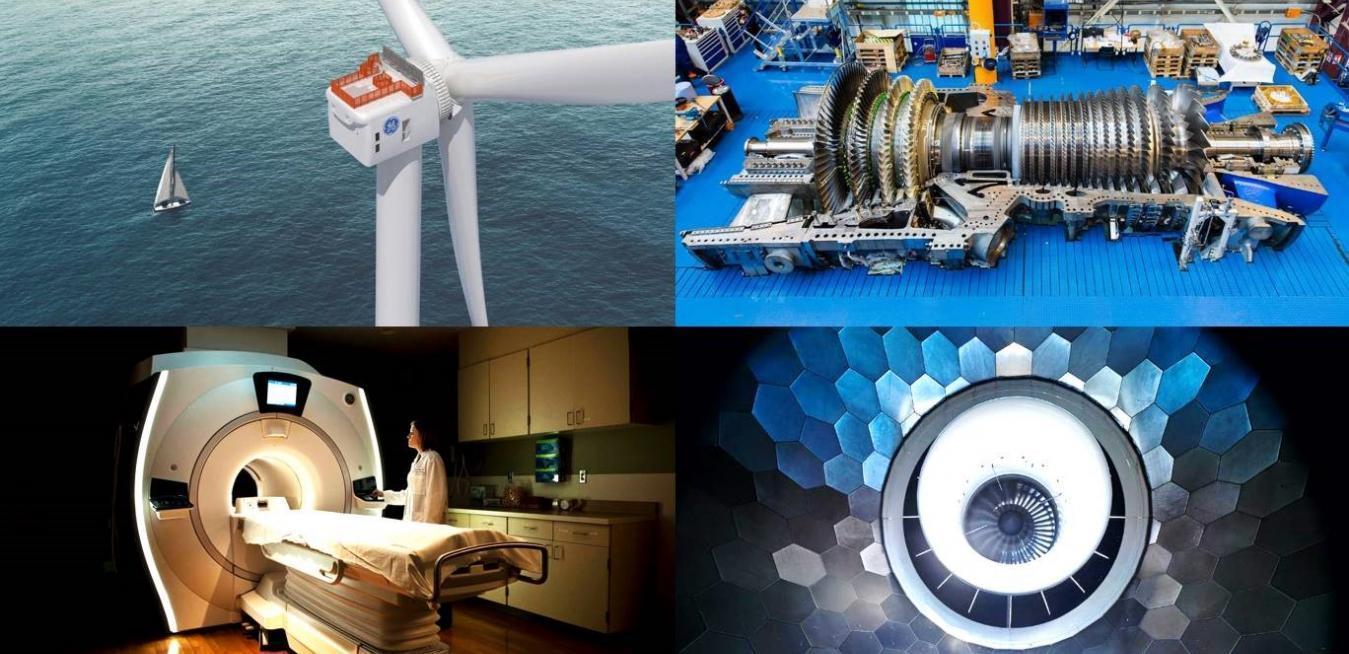When a new employee is onboarded at GE Aerospace's Systems business in Grand Rapids, Michigan, Gail Thompson is often one of the first stops on the tour.
“They stop and say, ‘Oh, you have to meet Gail,’” she says. “I guess it’s just because I’ve been here a long time.”
One summer as a teenager, Christine Andrews visited NASA Mission Control Center in Houston with her family. Marveling at the spacecraft on display, she contemplated the thrill of contributing to space discovery. It wasn’t a stretch. She was already participating in high school symposiums for women in math and science. Yet the idea was daunting. “You look at all the buttons in the capsules and think, Who knows what all of these do, let alone how they all work beneath that?” she recalls.
Heather Ross flew Air Force jets in the Gulf War and piloted passenger planes for a major U.S. airline. But nothing compares to the aircraft she’s flying now. In mid-November, she brought to the Dubai Airshow the Boeing 777X, the plane-maker’s latest widebody jet, for its much-anticipated public debut. As deputy chief pilot for the 777X program, Ross is part of the team making sure the jet will be ready to enter service.
From the outside, there’s nothing unusual about the Boeing 737 MAX 8 jet operated by United Airlines that flew from Chicago’s O’Hare to Washington’s Reagan National Airport with 115 people on board yesterday. But the plane made history. It was the first commercial flight with passengers on board to use 100% drop-in sustainable aviation fuel (SAF) for one of the aircraft’s two engines.
Engineer and avid runner David Riddle usually finds himself asking “Why do I do this” during races. But this year’s 125th running of the Boston Marathon was an exception.
That’s not to say that it wasn’t hard or that it didn’t hurt. It did. But everything was going according to plan. A rarity in distance running. While Riddle has run upwards of 10 marathons, many more 50K+ races and even two 100-plus-mile races, this was his first Boston Marathon.
As a young girl, Roxana Leonte remembers feeling awestruck by the white lines of the contrails that airplanes left in the sky as they soared high above her home in Romania. She marveled at everything from the physics that allowed airplanes to take flight to what it would feel like to be a passenger or even the pilot on a jumbo jet.
It took Boeing years to develop its newest wide-body passenger jet, the 777X, but just 15 hours to fly it from Seattle to the United Arab Emirates, where the plane made its public debut at the Dubai Airshow on Sunday. First impressions? “Magnificent 777X is out to impress,” one front-page headline declared. “X-pectant,” said another.
If there’s one thing airlines chase more than anything else when it comes to engines, it’s “time on wing.” The longer you can keep a jet engine in good working order without having to remove it for maintenance, the more flights you can complete and customers you can serve.
Earlier this week, GE announced a “defining moment” in its history, a plan to form three global public companies, each a leader in its industry, focused on aviation, healthcare and energy.
